The race to stop Britain's youngest terrorist days before Anzac attack
- Published
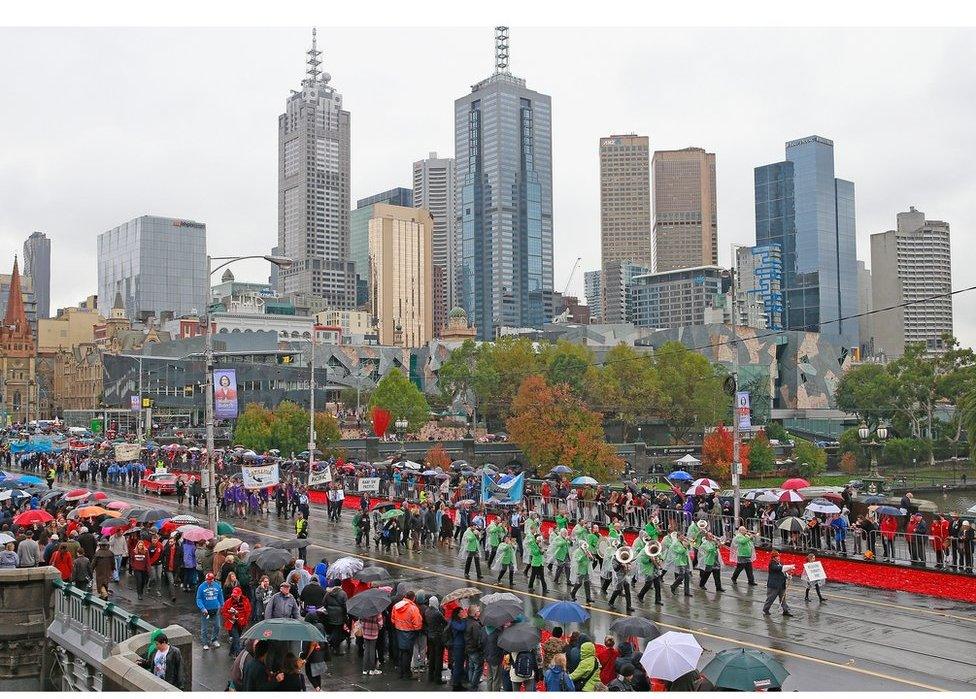
The terror plot targeting Melbourne's Anzac Day parade never took place
A British teenager will serve at least five years in custody after admitting a plot to massacre veterans at an Anzac Day parade in Australia in an attack inspired by the so-called Islamic State (IS).
When police arrested a 14-year-old boy in April for threatening to behead his teachers, they could not possibly have suspected they would soon be trying to foil a terrorist plot on the other side of the world.
The boy, now 15, who cannot be identified because of his age, was "the director" of a deadly plan. His directions were sent from his darkened bedroom in the early hours of the morning, as his mother slept unaware in a nearby room.
The teenager - now Britain's youngest convicted terrorist - comes from a "normal" family in Blackburn, Lancashire, and had a "typical relationship" with his mother who would drive him to any appointments.
But the picture that emerged when police searched his bedroom was far from normal. On the windowsill they found a wooden box labelled "Islamic State" in the way a teenager might carve out the name of a pop idol.
Detectives also discovered a mobile phone, hidden under his mattress. It contained "significant extremist content", including an IS fighter screensaver.
Keyboard warrior
The boy had searched on the internet for martyrdom operations, explosives and local landmarks including Blackburn Cathedral, the Thwaites building and BAE systems.
But it was what detectives found within encrypted messages that revealed Australia was just days away from experiencing a violent terrorist attack orchestrated by the schoolboy.
A conversation between the boy and an older teenager in Melbourne, Sevdet Besim, was hidden within the social media application, Telegram.
Police lacked the technology to decode the messages and so an officer at the North West Counter Terror Unit developed "a bespoke software package" to decrypt the dialogue.
Message by message the boy's murderous intentions were unveiled. The race to prevent the bloodshed became apparent.
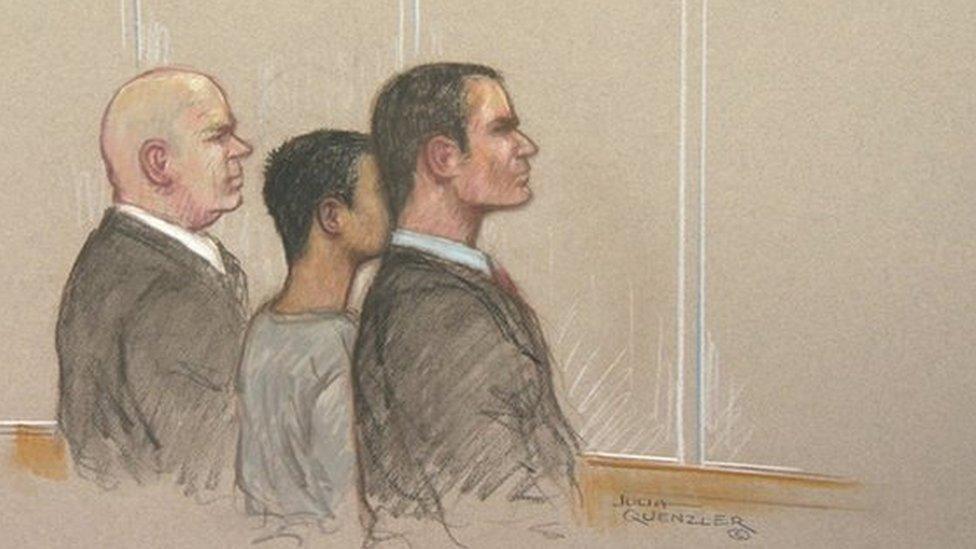
The boy appeared at Westminster Magistrates' Court earlier this year
Police contacted the Australian authorities "immediately".
"We can get in touch with international partners at the touch of a button," said Det Ch Supt Tony Mole.
"Before we'd even read it all, we quickly worked out something sinister was going on and we started almost drip-feeding the Aussies by email."
During the many hours he spent in his room, the boy had adopted the persona of a much older person to pull the strings of his puppet, 18-year-old Sevdet Besim.
Besim was a friend of Abdul Numan Haider, 18, who was shot dead after stabbing police officers at a Melbourne police station in 2014.
'First taste of beheading'
Between 16 and 25 March more than 3,000 messages were exchanged between the boy and Besim.
The boy maintained he had planned other operations and Besim had no idea he was taking instruction from a youngster holed up in his bedroom in Blackburn.
The first message came from Besim, announcing "I'm the brother from Australia."
The boy, comfortable in his role as "director", haughtily responded by testing Besim. He asked him to prove his credibility and used sophisticated extremist language.
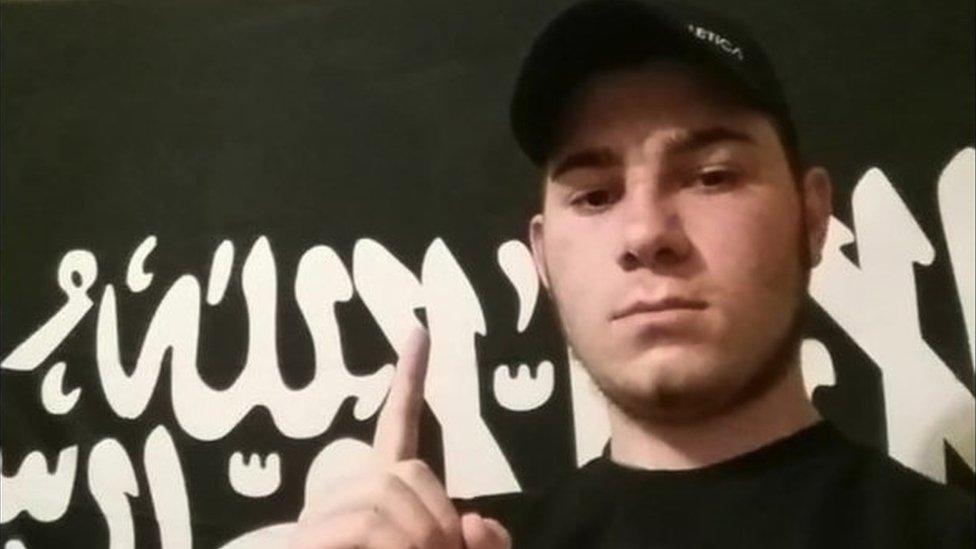
The boy sent thousands of messages to Sevdet Besim in Australia
Once the boy was satisfied Besim held allegiance to the head of IS, the plan to attack began to formulate.
Besim suggested Anzac Day, held annually on 25 April. The boy responded: "Make sure the dogs remember this as well as fallen heroes."
He warned Besim of the difficulty of beheading a person.
"I suggest you break into someone's house and get your first taste of beheading," the boy urged.
But Besim concluded this was "too risky".
Detectives said the pair settled on a plan to "run over a cop, behead, get the gun and use the spoils of war to have a gunfight".
Martyrdom note
Besim told the boy he had been out in public, concealing a 15-inch (38cm) knife and "no-one realised a thing".
He sent a photo of the weapon.
A congratulatory response came from the boy: "Mashallah", which means " God has willed it", and he added a chilling: "Perfect for tearing through someone's throat".
Police in Melbourne responded rapidly to the UK's warnings and Besim was arrested during dawn raids on 18 April.
Detectives found the knife concealed under the seat of his car. They also recovered his mobile phone, on which he had "actively" been working on his martyrdom note.
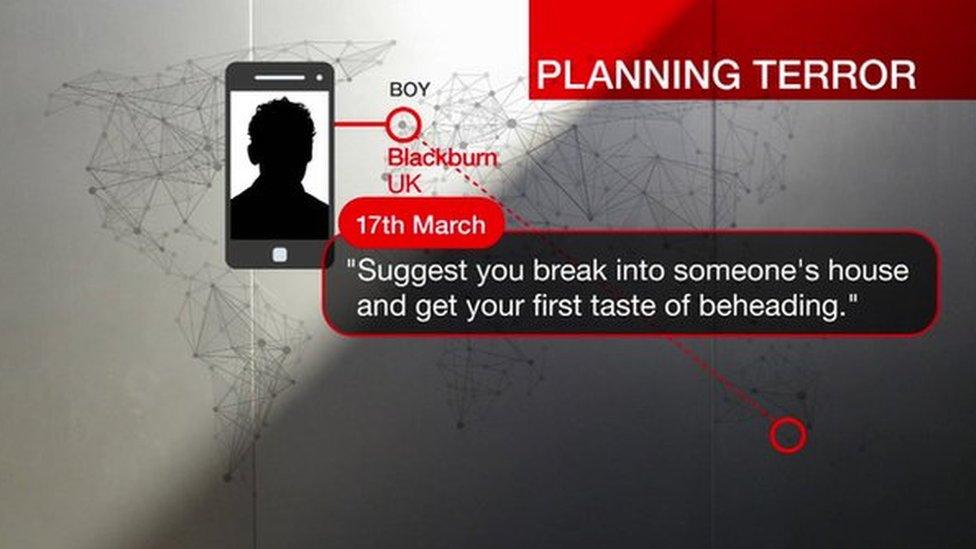
The boy and Besim exchanged more than 3,000 messages over a nine-day period
Det Ch Supt Mole said: "I would suggest once you've done your martyrdom speech or whatever you're going to leave... and you've got the car, and the knife is in the car - it could have been any time.
"The plan was the Anzac parade. What I can't say is whether he was going to go earlier, because it was a fairly simple plot."
Besim was charged with preparation of a terrorism attack in Australia and is due in court in December. In Blackburn, the boy, who was on bail, was rearrested and charged with inciting terrorism.
Home Office statistics show in 2014 there were 289 terrorism-related offences in the UK, an increase of 30% on the previous year. Of those, the number of 18-20 year olds involved tripled from 15 to 46. Ten cases involved under 18s.
Prof Eric Grove, security studies expert at Liverpool Hope University, said the boy's age reflected a "disturbing" propensity for extremists to recruit children.
"Younger people are very impressionable. There has been a tendency in Africa to use child soldiers, and Boko Haram use young girls as suicide bombers. Young British Muslims are a vulnerable target for IS."
During the 12 months before his arrest, the boy displayed "concerning behaviour", saying at school he supported Osama Bin Laden and wanted to become a jihadist.
This led to intervention from the Channel Programme, external, designed to protect vulnerable people from being drawn into terrorism.
'Heady cocktail'
While the boy appeared to engage initially, perhaps another example of his devious character, his behaviour deteriorated.
He began threatening his teachers with violence and was overt in his fascination with beheading, selecting half a dozen potential victims and making a list ranking them in order, leading to the police becoming involved.
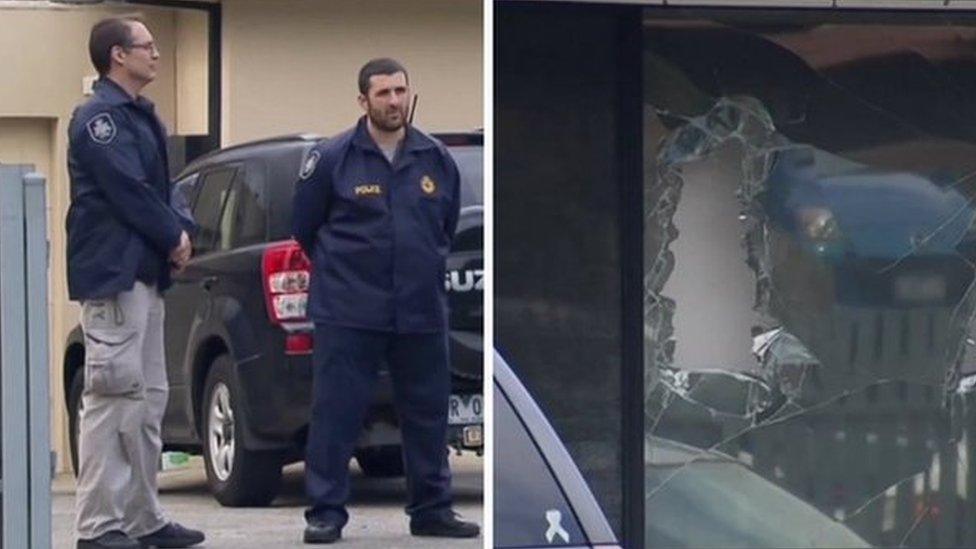
Dawn raids were carried out at Sevdet Besim's house in April
So what was it that caused this boy to become radicalised?
Jim Bonworth, counter terrorism expert at University of Central Lancashire, believes there are a number of reasons people like the teenager take this path.
"He would have that sense of empowerment that he was able to make a difference in some way, even if he couldn't do it himself because he was too young and his bus pass had run out," Mr Bonworth said.
"Push factors [leading to radicalisation] are things like discrimination and injustice. Pull factors are glamour, sensation seeking, this sense of danger and purpose. It's so attractive, it's a heady cocktail.
"I'm surprised more young people don't come across that. I'm sure they do, but we don't hear about it."
- Published2 October 2015
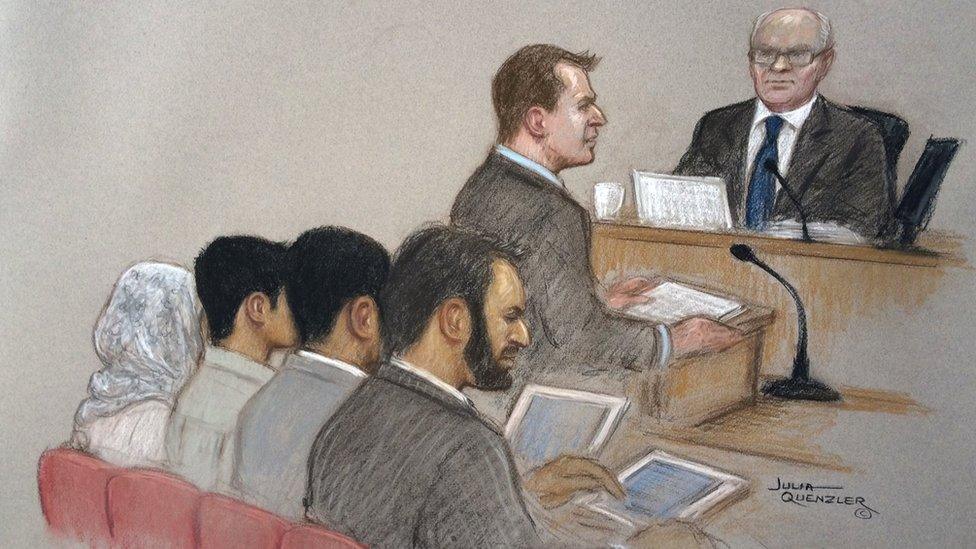
- Published1 September 2015
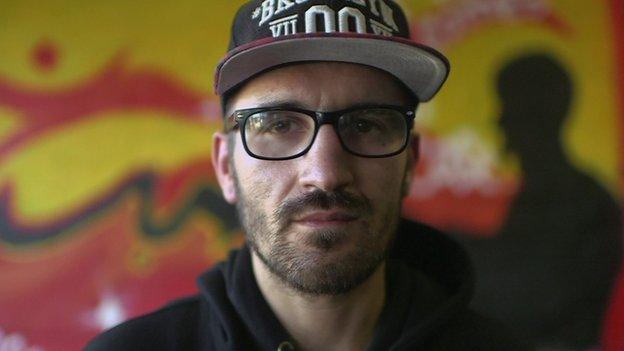
- Published27 July 2015

- Published23 July 2015
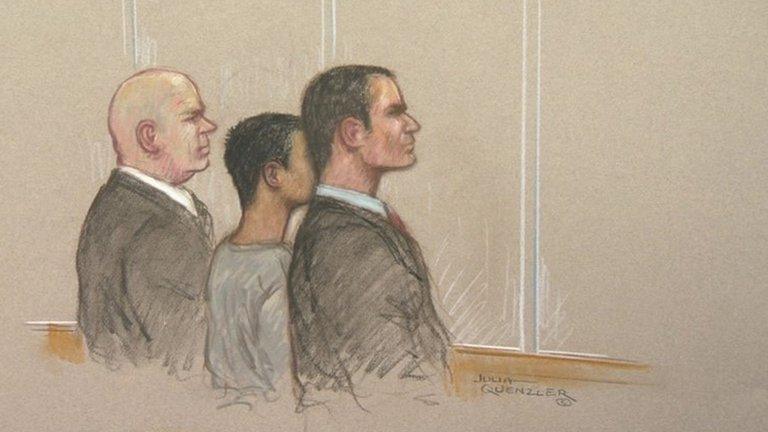
- Published19 June 2015